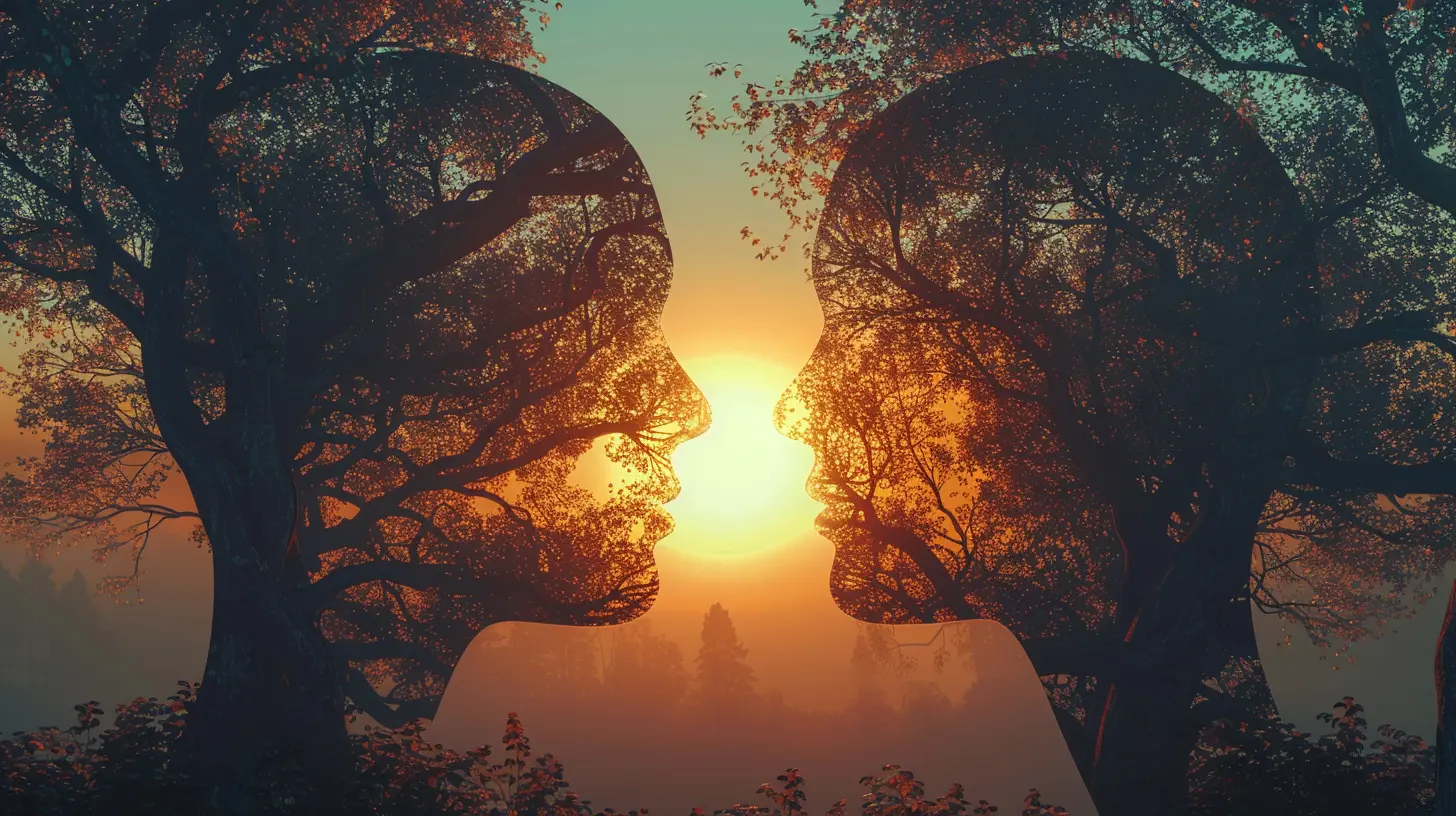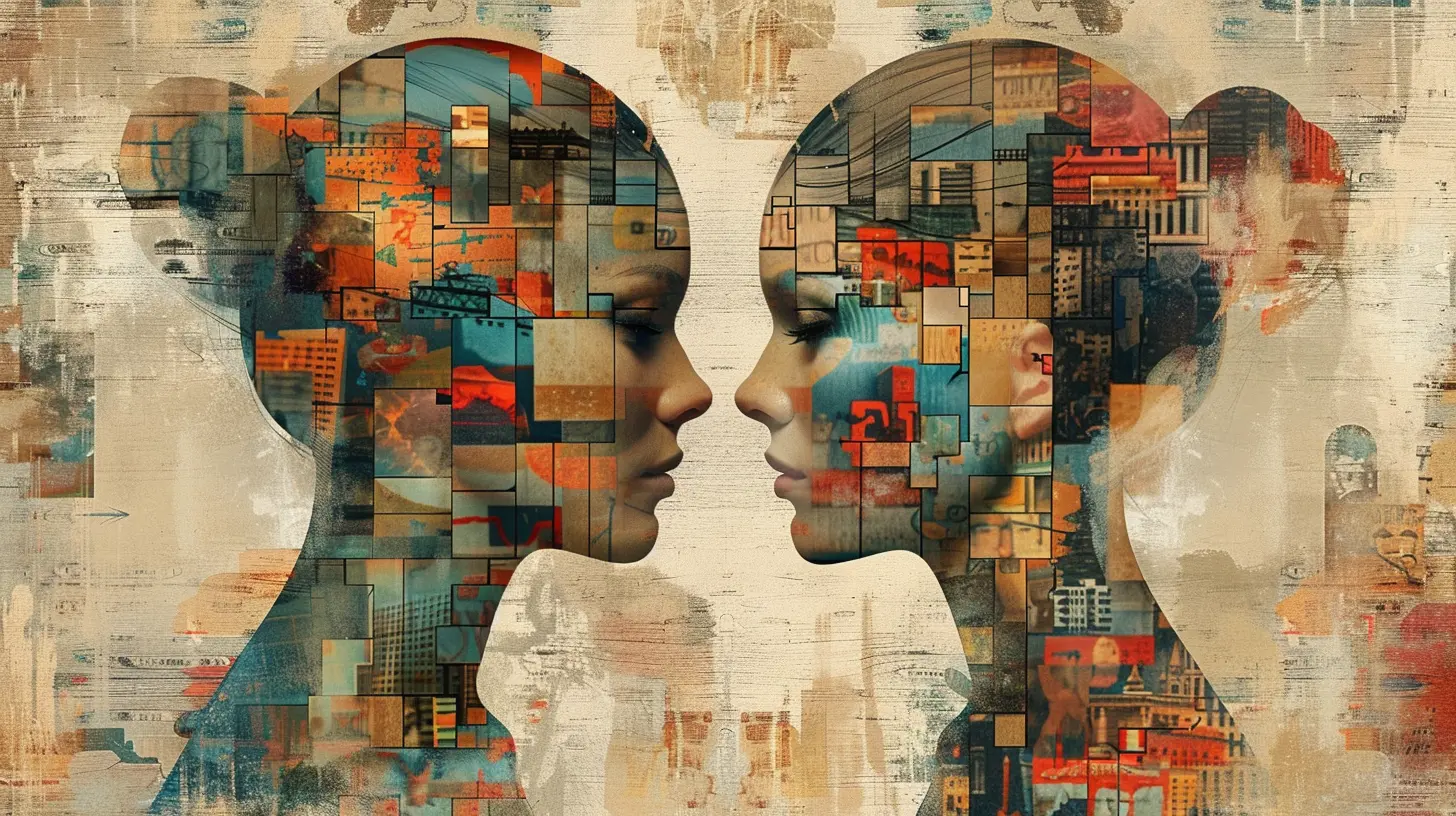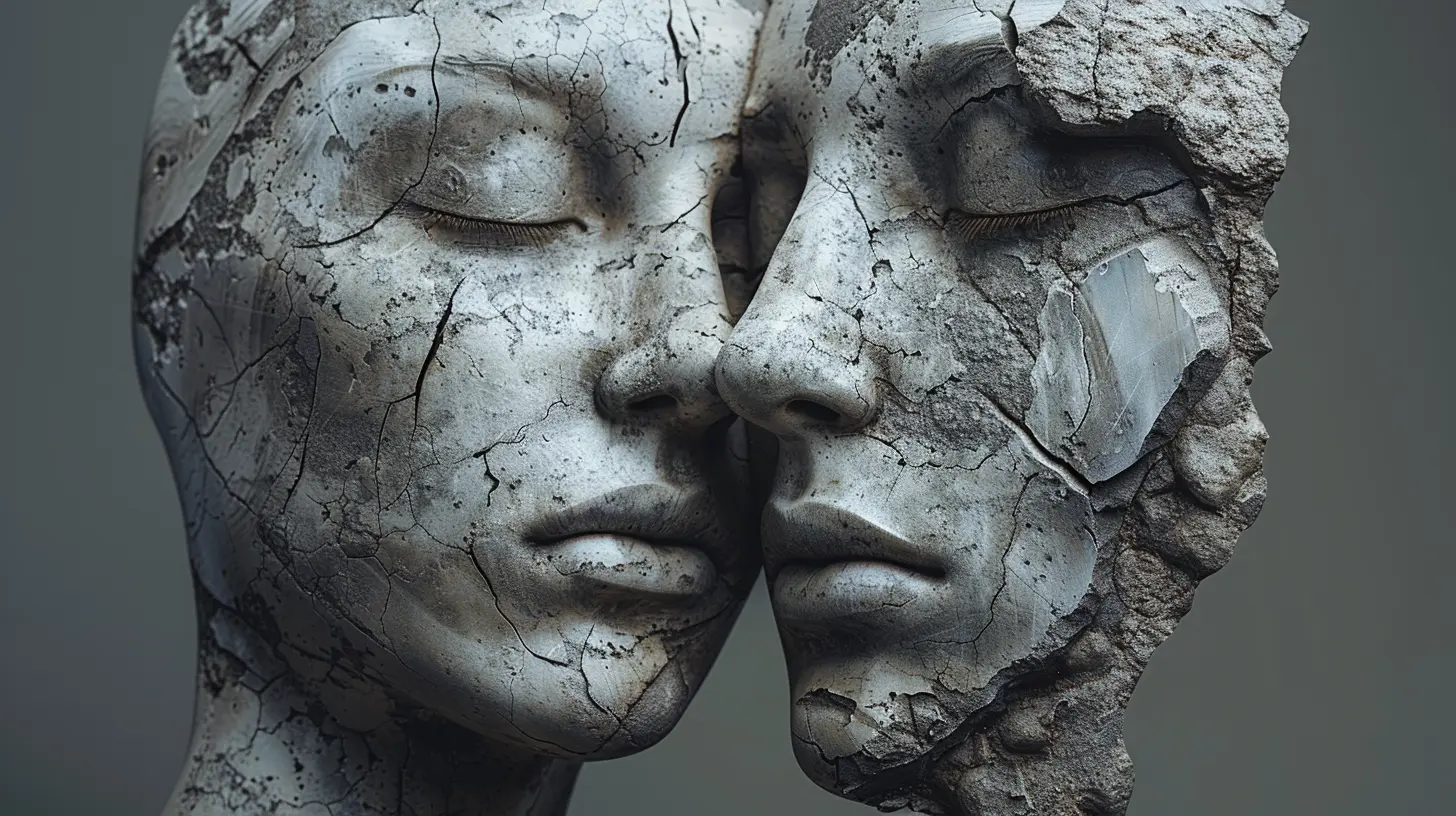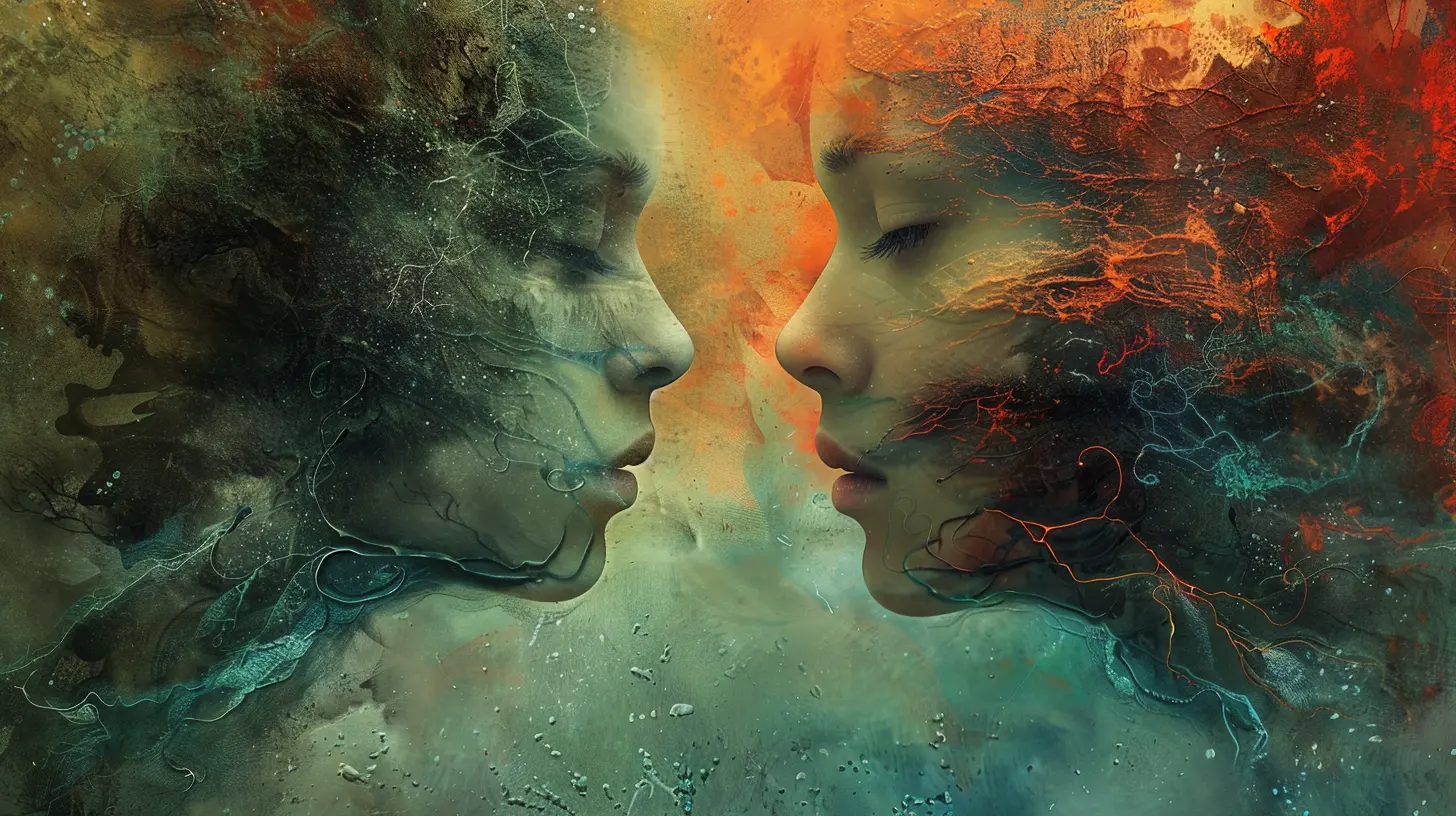Object Relations Theory: How Relationships Shape Our Psyche
23 June 2025
Let’s face it—people drive us a little crazy sometimes. But here’s the kicker: they also shape who we are. From your first wobbly steps as a toddler to your 3 a.m. heart-to-hearts with your BFF at a sleepover, every connection you've made has left an imprint. That’s the juicy core of something called Object Relations Theory—a fascinating slice of psychology that dives straight into one big idea:
>Our personality, behavior, and emotional world are deeply shaped by how we've related to others—especially in our early years.
Sounds intriguing, right? It's like the emotional version of “you are what you eat,” only here, it's "you are how you relate."
So grab your favorite beverage, kick back, and let’s unpack this mind-bending concept in a fun, simple way.
What Is Object Relations Theory, Anyway?
Okay, let’s break this down without the jargon.“Object” doesn’t mean your favorite coffee mug. In psychology-speak, “object” = people (yep, weird, I know). More precisely, it refers to the internal mental image or representation we have of a person. Think of it like the mini version of someone you carry in your head—your idea of your mom, your childhood friend, or even your boss.
Object Relations Theory says that the relationships we form—especially with caregivers—create these mental images or “templates.” These templates then sneak into every corner of our lives: friendships, romantic relationships, workplace dynamics, and even how we talk to ourselves when no one’s listening.
Let that sink in for a second…
Ever caught yourself reacting way too emotionally to someone, maybe even out of proportion? It's probably because your brain is quietly pulling out one of those old templates.
Origins: Where Did This Theory Come From?
This isn't just pop psychology—it has roots going back to some pretty big names.The theory grew out of psychoanalysis, that old-school field pioneered by Sigmund Freud. But here’s the twist—object relations theorists thought Freud was too focused on inner drives like sex and aggression. They believed the real magic happens in our relationships.
Psychologists like Melanie Klein, Donald Winnicott, and Ronald Fairbairn were kind of like the band who broke off and started their own thing. They said, “Hey, what if who we are isn’t just because of urges, but because of the people we attach to?”
Melanie Klein, for instance, studied how infants relate to their moms (or whoever their primary caregiver was) and how these early bonds shape emotional development. Donald Winnicott gave us the term “good enough mother”—basically saying you don’t have to be perfect, just consistent and loving.
How Early Relationships Shape the Psyche
Let’s throw it back to babyhood for a sec. Imagine you’re a baby (goo goo, ga ga—stick with me here). You're totally helpless, and your whole world revolves around that one person who feeds you, cuddles you, sings to you.When that person responds to your needs with warmth, love, and consistency, you start to internalize a sense of trust. You develop a positive “object”—a loving image of that caregiver—and that becomes part of your psyche.
Now flip that.
What if the caregiver is inconsistent, cold, neglectful, or even abusive? Unfortunately, your internal objects become warped. You might start to believe you’re unworthy, unlovable, or unsafe. Then snap, those ideas start leaking into how you view the rest of the world.
In other words, your past becomes your lens. And not always a rose-colored one.
Internal Objects: The Cast of Characters in Your Head
Here's a fun way to think about it: your mind is like a sitcom.And in your own mental “Friends” or “The Office,” you’ve got a cast of internal objects—little mental representations of people from your past. Some are kind and supportive. Others are critical, dismissive, or downright mean.
When you interact with someone new, your brain might automatically assign them a role from this internal cast.
- That new coworker who reminds you of your supportive big sister? You're suddenly more trusting.
- That teacher who pushes your buttons like your critical dad? You might shut down or rebel.
The tricky part? You don’t even realize it’s happening.
Splitting: The Psyche’s Black-and-White Filter
Ever thought someone was the best person ever... and two weeks later, they're the worst? That’s a psychological defense called splitting—a term from Object Relations Theory.It’s common in early development and, in some cases, sticks around into adulthood. Basically, it's when a person sees others as either all good or all bad—there’s no messy gray in between.
Why does this happen?
Because as kids, we struggle to process that someone can love us and also let us down. So we split: “Mommy is good when she cuddles me” and “Mommy is bad when she says no to candy.” Integrating the two takes emotional maturity and secure attachment.
If we don’t get there, we might continue the pattern as adults, bouncing from idealizing someone to demonizing them. Exhausting, right?
The Role of Caregivers: More Powerful Than You Think
It’s wild to realize just how much power our early caregivers hold. They essentially write the first draft of our emotional script.If you had:
- A nurturing caregiver: You might have developed a sense of security and self-worth.
- An emotionally absent caregiver: You may struggle with worthiness and relationship anxiety.
- A chaotic or abusive caregiver: You might still be carrying emotional landmines into new relationships.
But don’t worry—it doesn’t end there. Just because the first draft was a bit messy doesn’t mean you can’t revise it.
Object Relations in Adulthood: Why You Date Your Emotional Twin
You ever notice how you tend to date similar “types”? Or that you have a friend who acts suspiciously like your mom? That’s not a coincidence. Your internal objects—your relationship templates—are quietly calling the shots.We recreate old dynamics because they feel familiar, even when they’re totally dysfunctional.
- If you grew up having to earn love, you may land in relationships where you feel like you have to “perform” to be accepted.
- If your early caregivers were unpredictable, stable relationships might feel oddly boring.
It’s like your brain is on autopilot, trying to finish a story it didn't get closure on.
But the key is awareness. Once you see the pattern, you can start to change it.
Healing Through Healthy Relationships
Good news: your early object relations aren’t set in stone.Healing happens through what therapists call corrective emotional experiences. It’s a fancy way of saying, “Have healthy relationships that challenge your old beliefs.”
That could be:
- A partner who’s emotionally available and safe.
- A therapist who offers consistency and support.
- A friend who truly sees and accepts you.
Bit by bit, these experiences overwrite the old templates. Your mental sitcom cast gets some new characters—and the plot gets better too.
Therapy and Object Relations: Rewriting the Script
Object relations theory is a big deal in psychodynamic therapy. That's the kind of therapy where you dive into your past patterns, explore your inner world, and try to understand where your emotional baggage came from.A therapist trained in this approach helps you:
- Recognize your internal objects.
- Understand how they affect your present.
- Replace distorted templates with healthier ones.
It’s like Marie Kondo-ing your emotional closet. Out with the old, in with the secure attachments.
Real-Life Example: Meet Jamie
Let’s wrap this up with a fictional case study. Meet Jamie.Jamie grew up with a dad who was super critical and emotionally distant. As an adult, Jamie finds it almost impossible to take compliments and tends to date people who are emotionally unavailable.
In therapy, Jamie discovers that they have an internal object of their father—a voice that says, “You’re not good enough.” Once Jamie starts recognizing that voice, they can start challenging it. Over time, through therapy and some amazing friendships, Jamie begins to build a new internal template: “I’m worthy of love, just as I am.”
Isn’t that powerful?
Final Thoughts: You’re Not Broken—You’re Wired That Way (But You Can Rewire)
Here’s the big takeaway: You're not broken because you struggle in relationships. You're not "too sensitive" or emotionally messy for no reason.Your early relationships laid down the map for how you see the world and yourself. But just like with GPS, you can update the route. Object Relations Theory shows us that yes, our past shapes us—but it doesn’t have to define us forever.
So the next time you catch yourself reacting in a way that feels oddly familiar, pause and ask: “Whose voice is that in my head?” Chances are, it’s an internal object talking. And just like any character in your mental sitcom, you have the power to give them a rewrite.
all images in this post were generated using AI tools
Category:
PsychoanalysisAuthor:

Matilda Whitley
Discussion
rate this article
2 comments
Quincy McIntire
Love this exploration of Object Relations Theory! It's fascinating how our relationships sculpt our inner worlds. Remember, understanding our psyche can lead to healthier connections. Here’s to nurturing our bonds and growing together! 🌟
October 5, 2025 at 4:06 AM

Matilda Whitley
Thank you for your thoughtful comment! I completely agree—understanding Object Relations Theory can truly enrich our connections and foster personal growth. Here's to deeper insights and healthier relationships! 🌱
Matteo Kirkland
What a beautifully insightful article! Understanding how our relationships influence our psyche is crucial for personal growth. Thank you for shedding light on Object Relations Theory and its profound impact on our lives!
June 23, 2025 at 4:56 AM

Matilda Whitley
Thank you for your kind words! I'm glad you found the article insightful and valuable for personal growth.


